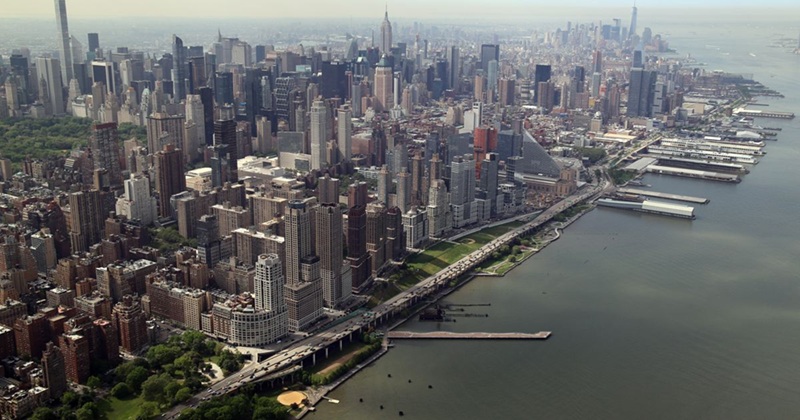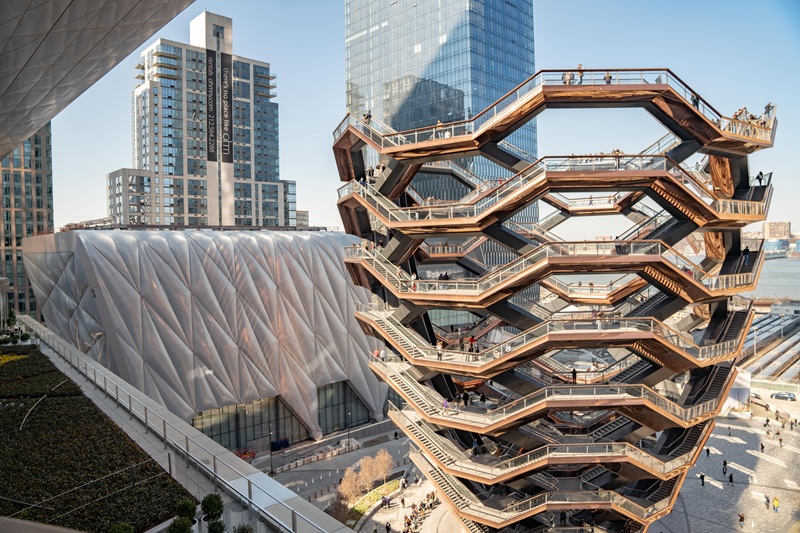
Nestled along the East River in Midtown Manhattan, Kips Bay is a historic neighborhood known for its charming blend of residential calm, convenience, and proximity to the heart of New York City. While it may not have the same immediate recognition as some of Manhattan’s other neighborhoods, Kips Bay offers a unique mix of affordability (relative to its neighbors), growing amenities, and a rich history. Here’s a deeper look into Kips Bay, its transformation, and what makes it a unique part of Manhattan’s urban landscape.
1. Historical Roots: From Farmland to Urban Development
The history of Kips Bay traces back to the 17th century when the area was first settled by the Dutch. The name “Kips Bay” comes from Jacobus Kip, a Dutchman who was granted the land along the bay in the early 1600s. Initially, the area was farmland, with the waters of the East River serving as an important resource for the residents.
In the early 19th century, Kips Bay began to see significant urban development as Manhattan’s population grew. With the construction of the Erie Canal in the 1820s and the expansion of infrastructure into the East Side, Kips Bay slowly transformed into a residential district. During the mid-1800s, the neighborhood became more densely populated, and the construction of tenement buildings brought working-class families into the area.
2. Modern-Day Kips Bay: A Residential Hub with a Central Location
Today, Kips Bay is known for being a residential neighborhood, offering a quieter alternative to its more bustling neighbors, such as Midtown, Gramercy, and the Flatiron District. While its historic buildings still remain, many new residential developments and luxury apartment buildings have popped up in recent years, contributing to the neighborhood’s changing landscape.
One of the defining features of Kips Bay is its location. Situated between the East River and Third Avenue, Kips Bay is conveniently located near some of Manhattan’s most iconic destinations, yet remains a bit more serene and low-key. It’s bordered by Gramercy to the south, Murray Hill to the west, and Turtle Bay to the north. Its proximity to major transportation routes, such as the FDR Drive, makes it easily accessible to other parts of the city.
The neighborhood’s position also makes it a perfect spot for those who want to experience the hustle and bustle of Midtown Manhattan but also enjoy a more relaxed, residential atmosphere when they return home.
3. Kips Bay’s Growing Dining and Retail Scene
One of the notable trends in Kips Bay in recent years has been its growing dining and retail scene. With the influx of new residents and young professionals, the neighborhood has witnessed a wave of trendy cafes, restaurants, and fitness centers catering to a more affluent clientele.
Restaurants like La Promenade des Anglais and Café K offer a taste of European bistro culture, while spots like Sotto 13 provide a modern take on Italian classics. For those looking for a more casual dining experience, Kips Bay’s food scene features a variety of international flavors, from Mexican street food to Asian fusion eateries.
Additionally, Kips Bay is home to some unique shops and boutiques that reflect the neighborhood’s changing demographic. The Kips Bay Plaza, a popular shopping and retail area in the neighborhood, offers everything from groceries to clothing, making it an essential stop for locals.
4. The Kips Bay Luxury Rental Market
In recent years, Kips Bay has also seen an influx of new luxury rental properties, drawing in high-income individuals who are looking for modern apartments in an up-and-coming part of the city. The neighborhood offers more affordable options compared to nearby areas like the Upper East Side or Gramercy Park, yet it still boasts proximity to those desirable locations.
Notable luxury developments include The Sutton, a high-rise building offering premium amenities, and The Max, another upscale rental building that features high-end finishes, a rooftop pool, and sweeping views of the city. These developments add to the appeal of Kips Bay for those who want to live near Manhattan’s iconic destinations while enjoying a more laid-back residential experience.
5. Cultural and Recreational Spaces
Despite being a relatively small neighborhood, Kips Bay offers a number of cultural and recreational opportunities that are popular among residents. The Kips Bay Cinemas, one of the last independent movie theaters in Manhattan, is a favorite among moviegoers. This independent theater shows both mainstream films and indie releases, providing a more intimate movie-watching experience compared to larger multiplexes.
The neighborhood is also close to several green spaces, including Stuyvesant Square Park and the East River Esplanade, which offers scenic views of the river and ample space for running, walking, and relaxing. These parks are essential for locals looking to enjoy some outdoor time in an urban setting.
For fitness enthusiasts, there are several gyms and boutique fitness studios, including SoulCycle and Equinox, where residents can stay active without having to venture far from home.
6. The Kips Bay Neighbors: Diverse and Evolving Demographics
Kips Bay is home to a diverse population that includes young professionals, families, and long-time residents. Over the years, the neighborhood has attracted individuals from a variety of backgrounds, including those working in nearby Midtown offices, the tech industry, finance, media, and education.
The influx of newcomers seeking residential space in the area has helped fuel gentrification in the neighborhood, but it also means that Kips Bay is now a lively area with more modern conveniences and a dynamic community. The mix of residents, from older generations to young professionals, contributes to the neighborhood’s unique charm and sense of community.
7. Future Development: A Neighborhood on the Rise
Looking ahead, Kips Bay’s future seems bright. As new residential buildings continue to rise and more businesses set up shop in the area, Kips Bay is becoming an increasingly attractive place to live for those who value proximity to Midtown and Downtown Manhattan but want a quieter, more residential experience.
Future developments include new commercial projects, such as retail and office spaces, as well as more housing options for residents. The neighborhood is likely to continue its trend toward modernity and convenience, becoming an increasingly sought-after destination for those looking to enjoy the best of both worlds: a bustling city life combined with a neighborhood vibe.
Kips Bay may not be the most famous neighborhood in Manhattan, but it offers a unique combination of convenience, history, and modernity. With its residential charm, thriving dining scene, luxury housing options, and growing community, Kips Bay is steadily carving out its place as one of the more desirable neighborhoods in Manhattan. Whether you’re a long-time resident, a new arrival, or a visitor, Kips Bay offers an authentic taste of New York life with a personal touch, making it a neighborhood to watch in the years to come.

